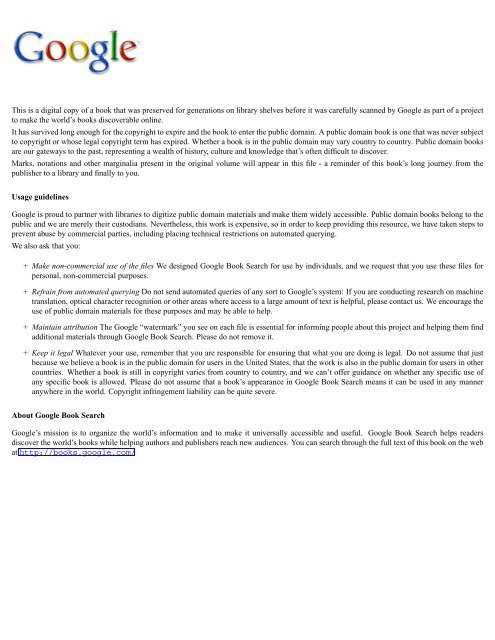

The city rebounded in the mid- and late 1990s due to the steady expansion of the national economy and the Wall Street stock market boom that took place concomitantly, as well as the precipitous drop in crime, although stubbornly high unemployment remained a local problem. The World Trade Center site after the September 11 attacks. In late 1993, David Dinkins was defeated by Rudolph Giuliani in his bid for reelection. It failed to do so, but did kill six people and injured more than a thousand. The 1,336 pounds (606 kg) urea nitrate– hydrogen gas enhanced device was intended to knock the North Tower (Tower One) into the South Tower ( Tower Two), bringing both towers down and killing tens of thousands of people. On February 26, 1993, a truck bomb detonated in a basement garage of World Trade Center Tower One. Crime began a 15-year decline in 1990 during Dinkins's administration, but a combination of continued racial strife (such as that in the Crown Heights Riot in 1991), and an extremely weak economy (in January 1993 the city's unemployment rate reached 13.4 percent, the highest level of joblessness seen there since the Great Depression) caused Dinkins' popularity to seriously decline (including a threat by residents of Staten Island to secede from the city, where in a 1993 referendum, 65% voted to secede, but implementation was blocked in the State Assembly). In 1989, Koch was defeated by David Dinkins in the Democratic Party primary in his bid for a fourth term, and then Dinkins narrowly defeated Republican Rudolph Giuliani in the general election to become the city's first-ever black mayor. The city outlawed discrimination against gay and lesbian people in such matters as employment and housing in 1986. Homelessness became a serious problem during the 1980s, specifically in the last two of Edward Koch's three terms as mayor (1978–1990). The New York City Subway fell victim to a crime epidemic that saw more crimes being committed on the subway each year than in any other subway system around the world. The illegal drug trade flourished, causing the murder rate to soar, and dividing the city into areas ruled by different drug lords. įor years enormous attention followed the criminal trials resulted when a woman known as the Central Park Jogger was badly beaten and raped. Koch's energetic efforts brought enormous attention from the media, but critics condemned his attacks on his opponents as "crazy," "wackos," and "radicals" and alleged he was racially divisive. One result was that gentrification brought new businesses to decrepit neighborhoods and converted low-end rental housing to co-ops and condos that attracted young upscale professionals and business people.

He put a high priority on rebuilding neighborhoods and infrastructure.

Mayor Ed Koch repeatedly warned that filth, crime, and racial tensions were weakening the city. However, the city's reputation for crime and disorder was still very much a part of New Yorkers' daily lives. Koch successfully balanced the city's budget ahead of schedule, allowing the city to re-enter the bond market and raise cash, effectively ending the city's financial crisis by 1981. The boom on Wall Street was fueling the speculative real estate market, and unemployment numbers dropped noticeably. Compared to the 1970s, the 1980s were a time of restrained optimism in New York.


 0 kommentar(er)
0 kommentar(er)
